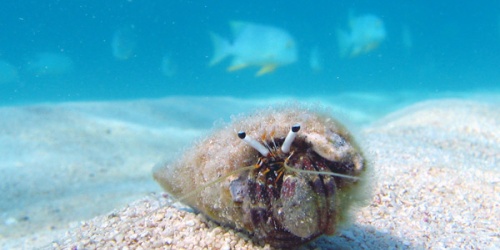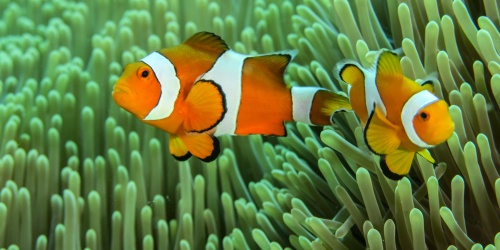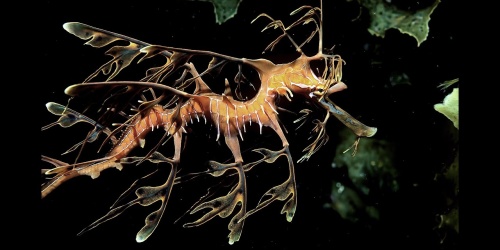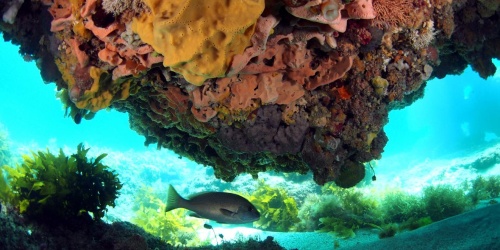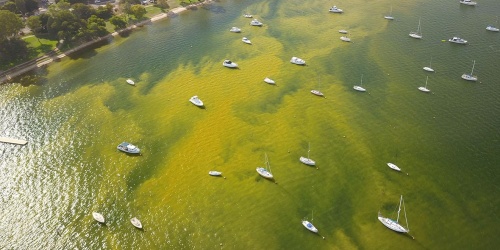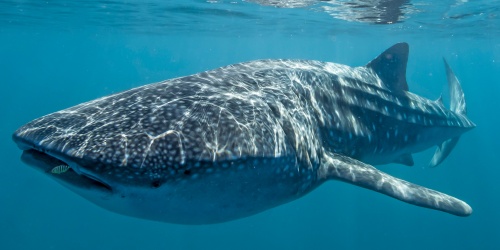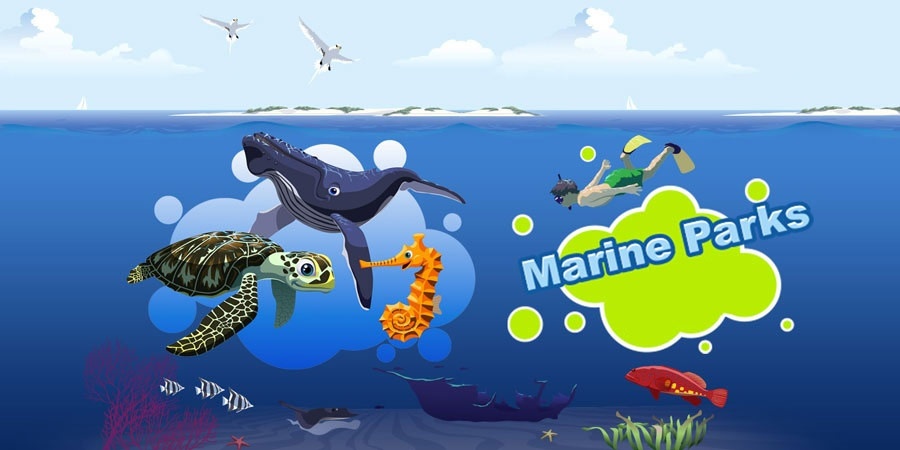
Marine parks
Massive whale sharks, humpback whales, several threatened species of turtles, playful sea lions, leafy seadragons, little penguins and Australia's largest fringing reef in Ningaloo Marine Park are just some of the wonders you'll find.
Plunge downunder and explore the submerged wonders protected in Western Australia's amazing marine parks and reserves.
Downloads
Document
- 1.76 MB
(PDF)
Last updated 01-05-2023
Document
Document
Document
Document
- 12.37 MB
(PDF)
Last updated 01-05-2023
Document
- 13.73 MB
(PDF)
Last updated 01-05-2023
